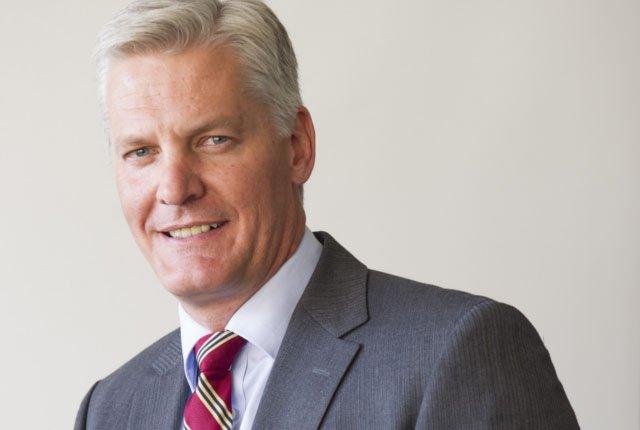
Eskom CEO Andre de Ruyter told CNBC Africa the company is transitioning to new energy sources like solar and wind power.
Eskom has come under fire for flouting environmental laws with the pollution from its ageing coal-powered stations.
De Ruyter said it will cost Eskom R60 billion over the next decade to make its power fleet environmentally complaint.
“This is money which we frankly just don’t have,” De Ruyter said.
He recognised that Eskom cannot continue to violate environmental laws, which provides them with an opportunity to move to cleaner energy.
This change requires certain regulatory approvals, and Eskom is engaging with the government about these changes.
The Eskom CEO added that the challenges at the company also provides it with an opportunity to attract investments.
He said private investors have expressed interest in supporting South Africa’s move to renewable energy.
Organisations like the World Bank, European Investment Bank, and others are keen to support and accelerated rollout of decarbonized, low-carbon, and no-carbon electricity generation.
Building renewable energy capacity
De Ruyter said the speed at which renewable energy capacity will be added will depend on political and economic will.
He said countries like China, India, and the United States add between 30,000MW and 50,000MW of renewable energy to their grids per year.
This demonstrates that the global supply of renewable energy components is available and the capacity is there to make it happen.
He said while it will take time to replace Eskom’s coal-powered stations, it is possible to bring renewable energy online at scale within three to five years.
De Ruyter added that the latest solar power generation costs are much lower than using coal-powered stations.
“Renewable energy can be competitive with conventional coal-fired power generation,” he said.
The only way to stop load-shedding
Chris Yelland recently said the only way to stop load-shedding is to replace poor-performing coal-fired power stations with reliable and low-cost wind, solar PV, battery storage, and gas-to-power generation.
Yelland said what the country needs is 6,000MW of new generation capacity in the next two to three years.
He said unless South Africa launches courageous and bold decision policy initiatives, load-shedding is here to stay.
He said these policy initiatives must be aimed at replacing the old and poor performing coal-fired power stations with new generation capacity.
This new generation capacity should come from low-cost and reliable wind, solar PV, battery storage, and gas-to-power.
Yelland added that this new capacity procurement will not come from Eskom, which is why legislative and policy changes are needed.
“That is the only solution going forward and the policymakers must get this message loud and clear,” he said. “It is time to stop pussyfooting about this matter.”
Energy policy and investment specialist Anton Eberhard concurred with Yelland, saying alternatives to Eskom are needed to build capacity.
He said because of Eskom’s unsustainable debt levels it has no possibility of raising new finance for new generation capacity.
“That is why we need to see alternatives. That is why we need to accelerate IPPs on a utility-scale to free up the market,” Eberhard said.


